2020 marks the end of this console generation and the release of what could be considered some final statements on the popular genres and game-types of the Playstation 4 era. June gave us THE LAST OF US PART II, distilling everything “cinematic” and “brutal” into one detailed and far-too-long game. More recently we received GHOST OF TSUSHIMA, developed by Sucker Punch, creators of the INFAMOUS series and SLY COOPER. With its open world exploration of Japanese feudal history, covering the Mongol invasion of Tsushima and the fictional quest of rebellion one samurai embarks on to free his home, GHOST is decidedly in the other big single-player camp: the open world sandbox.
Sucker Punch has historically had a less-than-deft hand when it comes to depicting non-white cultures (casting white actors in indigenous roles in INFAMOUS SECOND SON is hard to forget) but they bring a surprising amount of care and attention to detail with GHOST, even if they fudge some historical details to have more interesting aesthetics and mechanics in this open world game. The question remains why they claim to be so committed to historical accuracy when they knew it would get in the way of fun, but that’s something to ponder while listening to this podcast episode.
Contributors Ian Campbell and Alec Larios set out to tackle the game, finding an odd balance of tone, some supremely satisfying gameplay, and the perimeter of a growing movement to turn games into something akin to a Netflix binge: content to be experienced rather than a singular experience worth playing.
As a taste, a highlight from the discussion covering the refined mechanics and side quests of GHOST OT TSUSHIMA that don’t quite reinvent the wheel, but rather polish and diversify it to the point of newfound satisfaction.
Transcript excerpt edited for length and clarity
Ian Campbell: I want to kind of put it in context of the other big Sony games that were released this year, and then also just this console generation. Like for all intents and purposes, this will be like the last big open world game that’s going to be released on the PlayStation 4, save for like, I guess, WATCH_DOGS in the fall and Cyberpunk, whenever that comes out. So taking that into account, like, do you feel like this is the perfect distillation of an open world game? Like, does it feel like they’ve kind of figured it out, like this is the smoothest possible ride that one of these types of games could have?
Alec Larios: Yeah, I think that’s a good way to describe it. Usually with open world games, I am not this adamant about completing everything. Usually with open world games, I mainline through the main story. And I’m only gravitating to maybe one or two types of a side mission or collectible, things like that. Like in SPIDER-MAN, it was the Taskmaster tasks. Everything here was worthwhile and worth doing, even when the rewards didn’t mean anything to me. I never wore a headband because all of the actual headgear was awesome. The straw hats, the gozaku helmet, the tengai basket. Those haikus were amazing. I loved every bit of them and I had to see all three options for each stanza for each haiku because I thought they were just a really nice touch in the game. Everything there is to do, every collectible there is, is worthwhile… and I’ve never experienced that in an open world game. Someone described it as mindlessly checking boxes throughout the open world, but that’s every open world game.That’s almost every open world game to me. This is the first time where it’s all worth doing. Like all of it. You pet foxes! Like c’mon!
Ian Campbell: Who could say no to that? Yeah, it definitely could slip into that checking off boxes thing, but I think what makes this game a little bit different and what makes it feel like the kind of game that comes at the end of a generation is that they’ve differentiated all of those, like, little collectibles and side activities enough where they feel distinct and you can kind of mix and match them. And you don’t get as tired as quickly as I think you would doing something like that in an Assassin’s Creed or in one of these other big games like HORIZON ZERO DAWN.
Alec Larios: Yeah, they all offer something different. They all do something different. Some of them are just, you know, a cutscene, you see Jin’s ass or, you know, others are taking down whole encampments, which could take anywhere from 10 minutes to a whole hour to complete. It’s really a vast variety of things to do and ways to tackle each situation. To the point where everything I find I’m completely in love with it, even if you know, I wanted nothing to do with collectable headbands that didn’t do anything. Or the charms! That you collect from the shrines! I think it’s funny that the most platforming you do is getting up to those shrines to get charms.
It’s a bit wonky at first, and occasionally repetitive, but once you finally get up there, there’s always a beautiful vista. And once you “honor it,” it does that big camera swoop across the view and anything that was annoying just melts away. It’s beautiful.


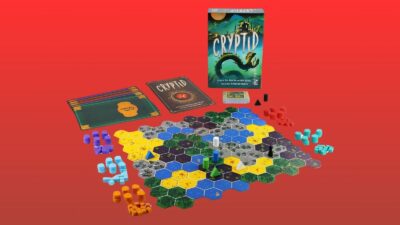
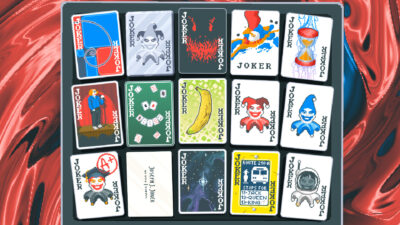
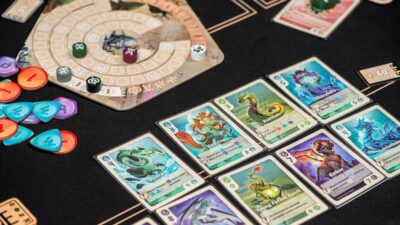
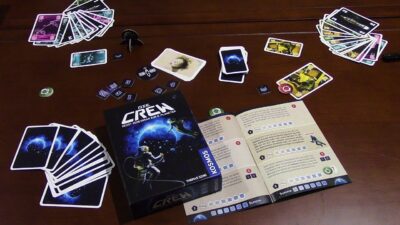
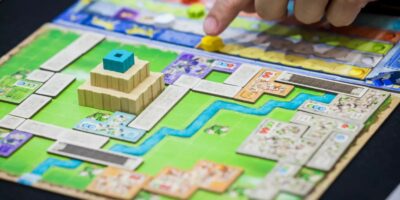


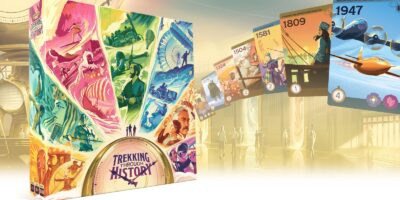


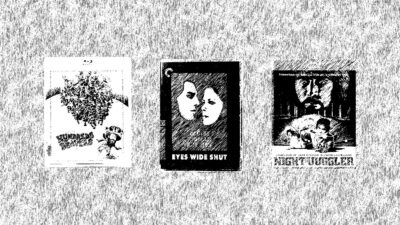

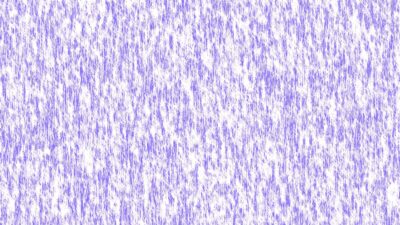
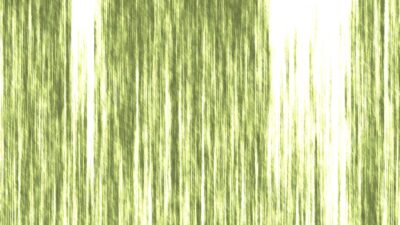
Comments